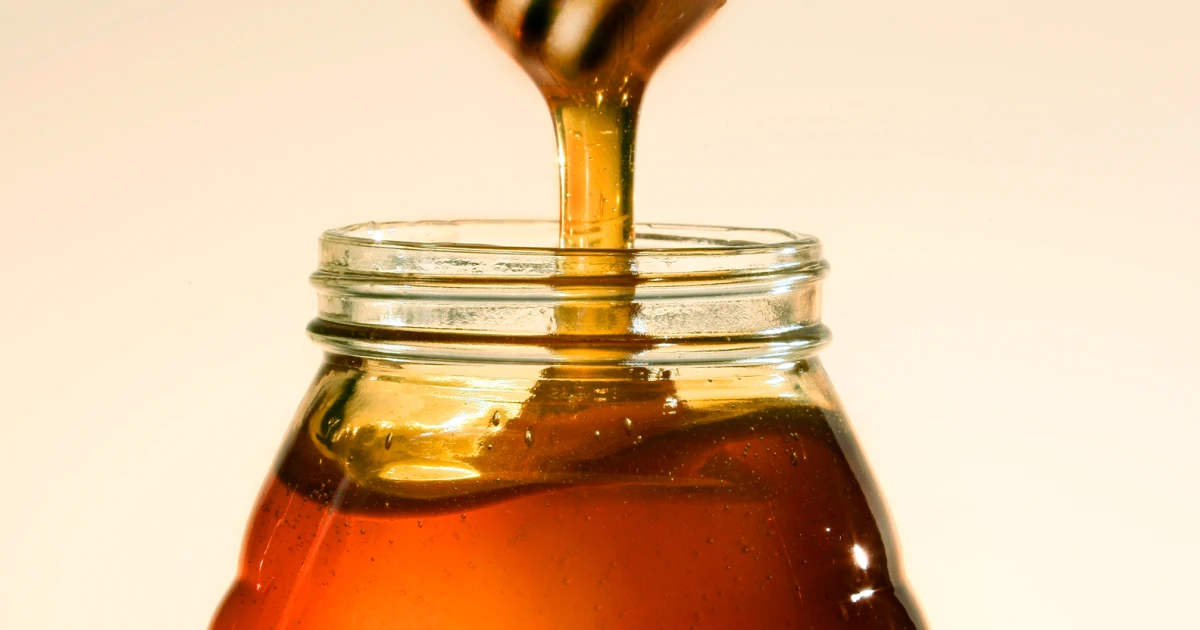For decades, menopause has been widely accepted as a natural phase in women’s lives. But what about men? Do they experience something similar? The term "male menopause" (often called andropause or late-onset hypogonadism) sparks debate—some dismiss it as a myth, while others swear by its life-altering effects.
At Health Beyond Years, we believe in science-backed clarity, not fear or misinformation. So, let’s settle this once and for all: Does male menopause exist? And if so, what can men do about it?
1. The Science Behind Male Menopause: Is It Real?
Unlike women, who experience a sharp drop in estrogen during menopause, men undergo a gradual decline in testosterone—about 1% per year after age 30. By their 40s or 50s, some men feel the effects: fatigue, low libido, mood swings, and even depression.
So, is it really "menopause"?
Yes, in the sense that hormonal changes impact physical and mental health.
No, because it’s not as abrupt or universal as female menopause.
The medical community prefers terms like:
✔ Andropause (age-related testosterone decline)
✔ Late-onset hypogonadism (clinically low testosterone)
2. Key Signs of Male Menopause (Andropause)
How do you know if you’re experiencing it? Symptoms vary, but the most common include:
Physical Symptoms:
Chronic fatigue (even with enough sleep)
Reduced muscle mass & strength
Weight gain (especially belly fat)
Erectile dysfunction or low libido
Hot flashes (yes, men get them too!)
Mental & Emotional Symptoms:
Irritability & mood swings
Brain fog & poor concentration
Depression or lack of motivation
Increased anxiety
"I used to be sharp, energetic, and driven. Now, I feel like a shadow of myself." – A 52-year-old patient’s confession.
3. How Is Male Menopause Diagnosed? (Tests You Need)
If you suspect low testosterone, don’t self-diagnose—get tested. A doctor will typically:
Check Symptoms (using questionnaires like the ADAM test)
Blood Tests (measuring total testosterone, free testosterone, LH, and FSH)
Rule Out Other Conditions (thyroid issues, depression, sleep apnea)
Key Insight:
Normal testosterone levels: 300–1,000 ng/dL
Low testosterone (hypogonadism): Below 300 ng/dL
4. How to Treat Male Menopause: Science-Backed Solutions
The good news? Andropause is manageable. Here’s what works:
A. Medical Treatments
✔ Testosterone Replacement Therapy (TRT) – Effective but requires monitoring.
✔ Hormone-modulating medications (Clomiphene, HCG) – For men who want fertility preservation.
B. Natural Approaches
✔ Strength Training & HIIT – Boosts testosterone naturally.
✔ Diet Optimization – More zinc, vitamin D, healthy fats.
✔ Stress Reduction – Cortisol kills testosterone (try meditation, sleep hygiene).
C. Psychological Support
✔ Therapy (CBT) – Helps with mood swings and depression.
✔ Support groups – Men rarely talk about this—but they should.
5. The Emotional Side: Breaking the Stigma
Many men suffer in silence, fearing judgment or weakness. But ignoring symptoms worsens the problem.
Real Talk:
"I thought I was just getting old—turns out, my hormones were out of whack."
"After TRT, I got my energy and confidence back."
This isn’t about vanity—it’s about health, vitality, and quality of life.
Final Verdict: Does Male Menopause Exist?
Yes—but not like female menopause. It’s a gradual hormonal shift that affects many men as they age. The key is awareness, testing, and action.
At Health Beyond Years, we empower men with facts, not fear. If you’re struggling with unexplained fatigue, low drive, or mood changes—get tested. Your best years might still be ahead.

















